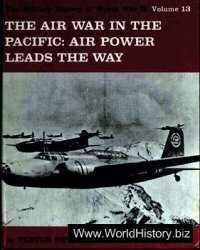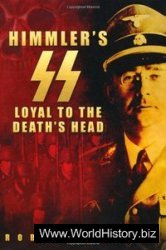Passed in 1947, the Taft-Hartley Act consisted of a series of amendments to the National Labor Relations Act of 1935. Imposing many new restrictions on labor unions and making it more difficult for them to perform as effectively as in the past, this measure had a crippling effect on organized labor across the United States.
Before World War II, labor unions had experienced huge surges in membership. The National Labor Relations Act of 1935, part of Franklin D. Roosevelt’s New Deal, established the right of workers to bargain collectively for better working conditions. It set up a mechanism whereby elections could be held to determine whether workers could be unionized and, if so, which union could represent them. During the 1930s and early 1940s, there were many successful workers’ strikes, and union membership more than doubled. With the close of World War II, however, business leaders grew tired of strikes, as workers tried to get their share of wartime profits. Conservative critics, most of them Republican, viewed such strikes as unpatriotic. They also pointed out that corruption ran rampant within many unions. Critics helped encourage a growing attack on union organization.
The Taft-Hartley Act, also known as the Labor Management Relations Act of 1947, was controversial. While its stated aim was to help keep commerce stable in the United States, its antilabor bias was clear, and its working-class opponents called it a “slave labor law.” Congress overwhelmingly overrode President Harry S. Truman’s presidential veto of the measure. Truman vetoed the act due to his large base of blue-collar support.
The Taft-Hartley Act made it illegal for labor unions to do many of the things that they had done successfully in the past. The strike was the most powerful tool that organized labor possessed to fight for workers’ rights, and this act severely restricted use of the strike. The act required 60 days’ notice before beginning a strike and established that the president could delay striking for up to 80 days if it was felt that the stoppage of work caused harm to the “health and safety” of the nation. This act put an end to “third party” or “sympathy strikes” by unions in other companies in support of the protesting workers. Employers were also now able to replace striking employees with people called “scabs,” people who crossed striking worker lines to work, weakening the striking process.
Aside from circumscribing the strike, the Taft-Hartley Act also placed restrictions on many of the other operations of organized workers. There were heavy penalties for boycotts by another union that supported a strike. Large-scale corruption in the finances of many unions led to the production of extensive financial documentation, which became expensive. The illegal practices of some union leaders led to placing a halt to contributions to political campaigns. Labor unions were no longer allowed to demand that members be hired for certain jobs, and they were further prevented from forcing employees to become union members.
The Taft-Hartley Act caused outrage among white-and blue-collar workers. The stern regulations mandated by this measure did not allow them to fight effectively for the rights to which they believed that they were entitled. The passage of the act caused protests by workers all over the United States.
The Taft-Hartley Act severely restricted the growth of labor unions in the United States. This law did, however, reduce the corruption that occurred in unions, and eventually allowed for more honest organized labor in the future. Truman’s veto also secured for him labor’s political support in the election of 1948.
Further reading: Michael Yates, Labor Law Handbook (Boston: South End Press, 1987).
—Jennifer Howell




 World History
World History









